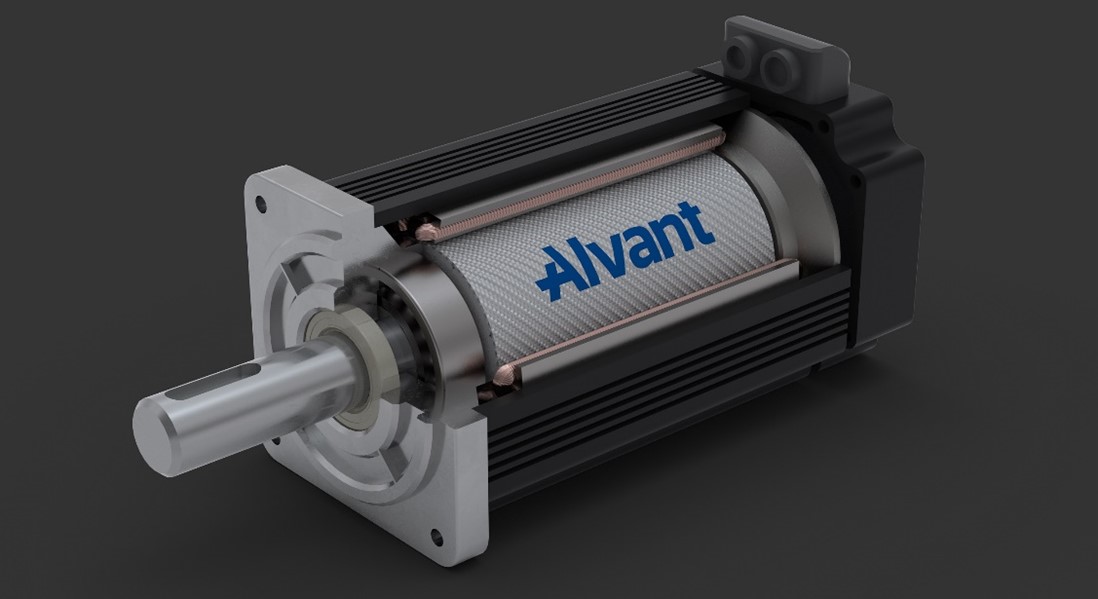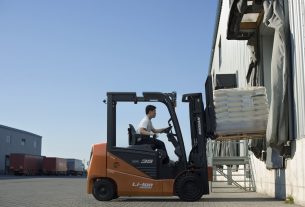With COP26 placing the industrial sector under greater scrutiny, engineers and manufacturers are tasked with seeking out lighter weight products and developing efficient electric sources of power to cut fuel consumption and emissions. Emerging developments in advanced materials technology and manufacturing solutions means it is now possible to achieve some of these high-level targets whilst increasing electric motor capabilities, such as improved efficiency and power density, says Richard Thompson, commercial director of materials specialist Alvant.
In industrial settings, one of the main sources of electrical loss in motor driven systems is magnetic. Electric motors typically require either a magnet retention system including a mechanical rotor sleeve, which generate unwanted eddy currents and/or acts a thermal insulator depending on material. Alternatively, slotted steel laminates are used limiting the proximity of the magnets to the stator. This can lead to increasing losses and increased temperatures, reducing the overall efficiency and limiting the power of the electric machine. In addition, manufacturing and assembly costs can be high with the use of carbon fibre composites, adhesives and heat-shrink metallic sleeves. Typical rotor sleeve materials include stainless steel, titanium, Inconel and carbon fibre composite, all of which can add to the detrimental impact on the effectiveness of the machine.
Now, through the development of low loss rotor technology using aluminium matrix composites (AMCs), it is possible to retain surface-mounted magnets which minimise the magnetic bridge element of an interior magnet motor, thus improving the performance of permanent magnet radial flux motors.
AMCs first became known in the 1980s for their use in automotive components, yet due to their largely unproven properties, took a back seat to carbon composites. However, in almost four decades since, research and development into the manufacturing of these composites has resulted in game-changing progress and with NetZero at the top of the agenda, AMCs are now firmly back in the spotlight.
As a class of metal matrix composite (MMC), AMCs have material properties that can be tailored through matrix and reinforcement selection. Alvant’s own patented process brings together aluminium with a high-functioning fibre, to create AlXalTM (pronounced Al-Zal), a lightweight high-strength aluminium composite with a unique blend of mechanical, thermal and electrical properties that can be tailored to improve the efficiency and capability of rotor sleeves in electric motors. It offers high strength and stiffness up to 350°C, a lower magnet operating temperature compared to carbon composite sleeves and enhanced fatigue performance. AMCs are also more than 50 per cent lighter than steel and up to 40 per cent lighter than titanium, further reasons why they offer such a compelling proposition to engineers and manufacturers in their pursuit of weight-saving and energy-efficient solutions.
A circular approach
The entire product life cycle and the ability to reuse are now very much key factors in design development, as engineers must increasingly incorporate ‘whole life cost’ into design. There is now a better understanding of materials such as carbon composites and polymer composites, as they are made of two or more materials with distinct phases such as a matrix and fillers, which are precisely combined within the composites, and therefore not deemed worthwhile to separate them in order to recycle. AMCs on the other hand offer an increased opportunity to recycle, thanks to the ability to separate the fibres from the aluminium at the end-of-life stage, therefore providing low life-cycle costs.
With sustainability now at the heart of every business’ strategy, AMCs could now well provide the answer to manufacturers and engineers for a much-needed step change in performance to meet ever-tightening market legislation.





